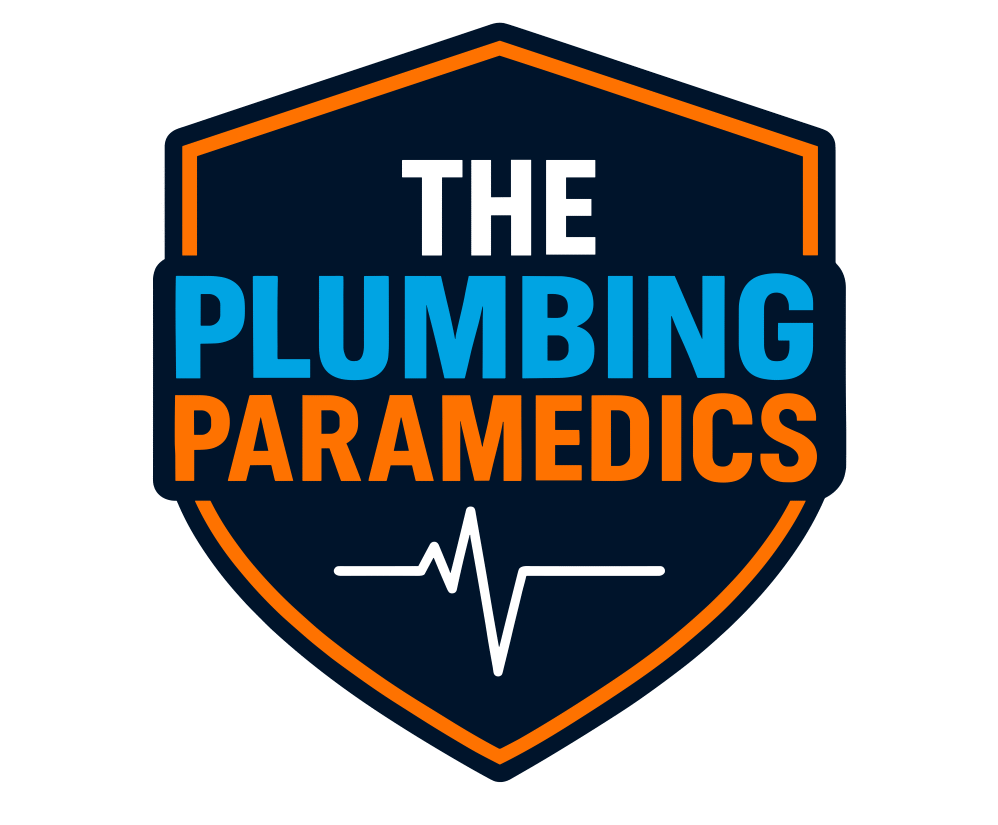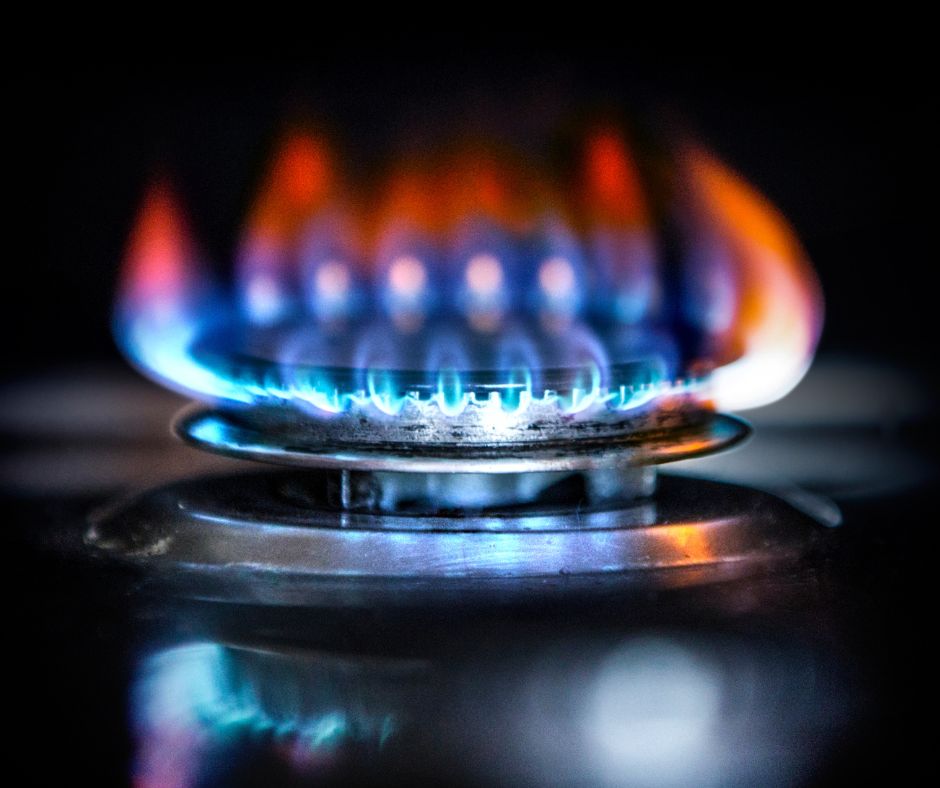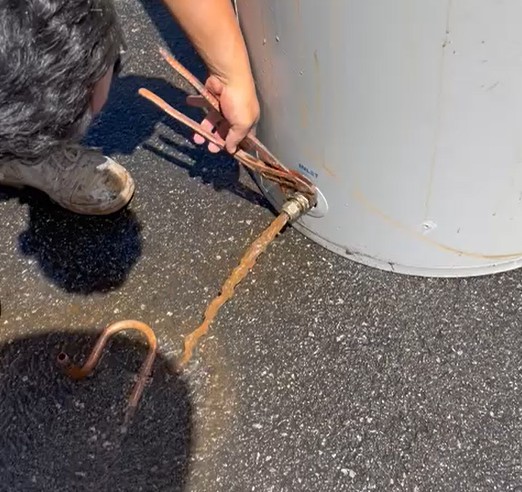
Most homeowners rarely think about their hot water system, until the water runs cold or a leak appears. But one of the most overlooked forms of hot water maintenance could be quietly affecting your energy bills, your system’s performance, and even its lifespan: sediment build-up.
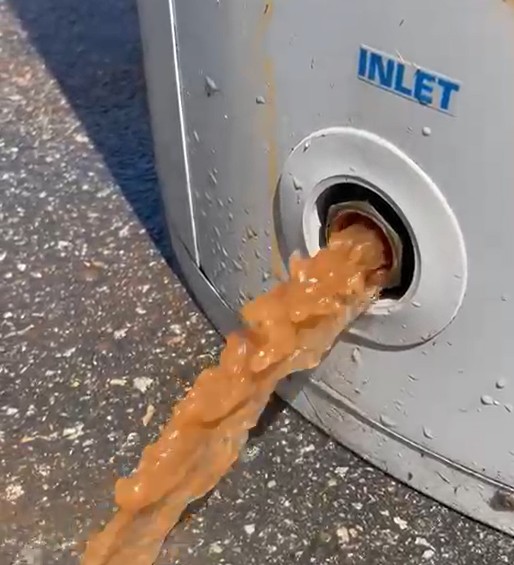
Just How Dirty Is the Water Inside Your Tank?
When we flush hot water systems across Sydney homes, what comes out is often shocking—thick, murky water full of rust, scale, and sediment.
We’ve captured it on video, and it’s a visual you won’t forget.
That brown sludge? It’s not just unappealing. It’s silently damaging your tank, your anode rod, and your hot water performance. This is why flushing a hot water system isn’t optional. It’s essential.
What Is Sediment and Why Does It Build Up?
Over time, minerals like calcium and magnesium settle at the bottom of your hot water tank. If your home draws from a hard water source or untreated rainwater, this build-up happens faster. Left alone, sediment acts like an insulating layer—forcing your system to work harder, increasing energy use and accelerating wear on internal components. Eventually, it can block pressure relief valves or even cause overheating and tank rupture.
Step-by-Step: How to Flush Your Hot Water System
If you’re handy and safety-conscious, you can flush your hot water system at home. Here’s how the process works:
1. Turn Off the System
- For electric: Switch off the circuit breaker.
- For gas: Turn the thermostat to pilot or shut off the gas supply.
2. Connect a Hose
- Attach a garden hose to the drain valve at the base of the tank.
- Direct the hose to a safe drainage point (e.g. outside, garden bed, laundry drain).
3. Drain the Tank
- Open the valve and allow the tank to empty fully.
- Opening a hot water tap inside the house will let air in and speed the process.
4. Flush It Out
- Once the tank’s drained, briefly turn the cold water inlet on and off to stir up leftover sediment and force it out.
- Repeat until the draining water runs clear.
5. Refill and Restart
- Close the drain valve and remove the hose.
- Turn the cold water inlet back on and let the tank fill.
- Once full, open a hot water tap to bleed air, then restore power or gas.
Safety First: Don’t Take Chances with Hot Water
Flushing a hot water heater isn’t complex, but it does involve hot water, pressure, and gas or electrical connections.
You should only attempt it when the tank has cooled down, and you’re confident working around plumbing components.
If your system is old, corroded, or has visible signs of damage, it’s best to leave this task to a professional plumber. In some cases, flushing a compromised tank can trigger leaks or make things worse – Resulting in a new hot water system required.
How Often Should You Flush a Hot Water System?
We recommend flushing at least once a year for most Sydney homes, especially if your system:
- Uses stored tank water or untreated rainwater
- Feeds off a hard water supply
- Feeds a family-sized household with high usage
- Has not been maintained in the last 2 years
For commercial systems, strata buildings, or solar hot water units, more frequent flushing may be required as part of scheduled servicing.
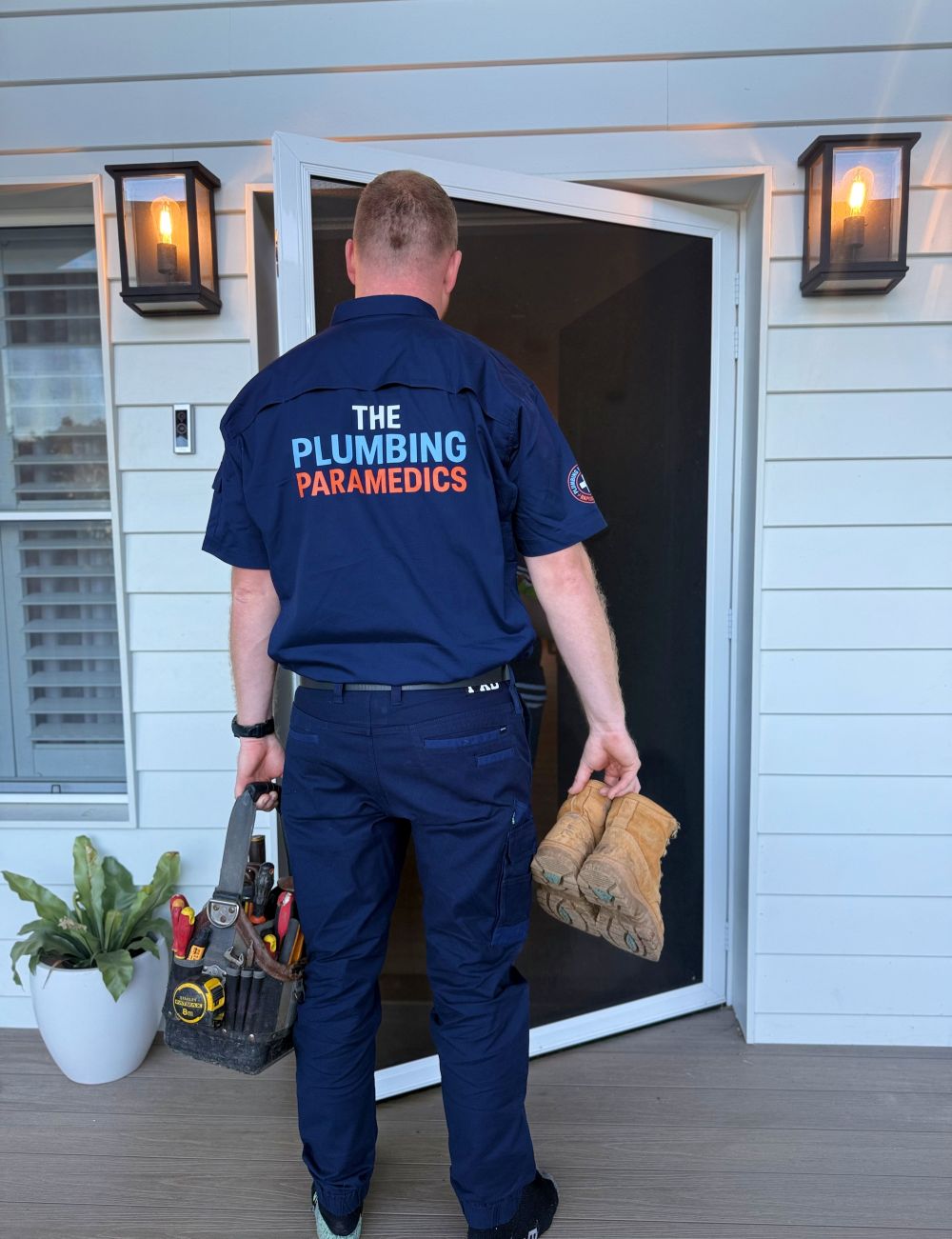
Why Call The Plumbing Paramedics?
We specialise in maintaining all major hot water systems, including Rheem, Rinnai, Dux, Bosch and Thermann. When we flush a system, we don’t just drain the tank—we inspect valves, check for corrosion, and ensure everything is working safely and efficiently.
We also offer:
- Hot water system servicing
- Anode replacements
- Tank cleaning for sediment-heavy systems
- Emergency hot water repair and replacement
If your tank is severely degraded or leaking, we can install a temporary hot water system on the spot while your new one is ordered. That means no cold showers, no waiting.
Hot Water Maintenance Plumbers
A simple annual flush can add years to the life of your hot water system and save you hundreds in energy and replacement costs. It’s one of the smartest home maintenance tasks you can invest in, especially when done by pros who know what they’re looking for.
What Others Are Reading:
Our Services
Get A Free Quote
Contact us today for a free, no-obligation quote on your plumbing needs.
